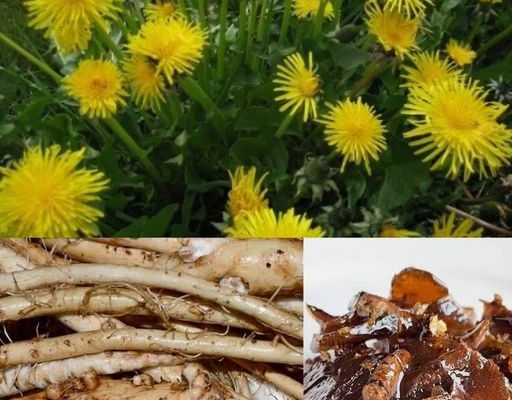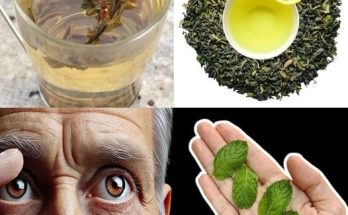Why Dandelion Roots Take Center Stage
on spite of the fact that they are sometimes disregarded as a nuisance on lawns that have been painstakingly maintained, dandelion plants have an innate resilience and a well kept secret that is buried deep under the earth. The actual substance of these plants hides below earth, in their roots, despite the fact that their vivid yellow blossoms and fragile seeds that are scattered by the wind attract attention. Within the context of this conversation, let us investigate the several reasons why the roots of the dandelion plant are the most important component of this seemingly little plant, which deserves acknowledgement in our gardens, kitchens, and herbal herb closets alike.
Unveiling the Structure and Function of Dandelions
It is necessary to have a solid understanding of the structure of the plant before we can proceed with the investigation of the importance of dandelion roots. There is a family of perennial plants known as the Asteraceae, which includes dandelion, also known as taraxacum officinale. Each individual element of the plant, including its leaves, stems, blossoms, and roots, contributes in its own unique way to the plant’s life cycle and to its interaction with people.
Dandelion leaves are high in essential elements such as vitamins A, C, and K, as well as minerals such as potassium and calcium. As a result, they make an excellent addition to salads and herbal teas because of their exceptional nutritional value.
There is a milky white latex sap that is contained inside the stem, which has been traditionally valued in traditional medicine due to the possible curative characteristics it has. Not only are dandelion blossoms essential for pollinators, but they also have a significant symbolic importance in folklore, since they are believed to signify resiliency and optimism. Additionally, they are used in the production of herbal treatments and dandelion wine.
Roots: Dandelion roots, which are often disregarded, have a wide range of applications in the fields of medicine, cuisine, and everyday life, and they are the embodiment of the plant’s latent potential.
Roots of the Dandelion: A Wonder of Medicinal Properties
Dandelion roots have a long-standing reputation in traditional medicine for their capacity to cleanse the liver. This gives them the potential to provide support for the liver. They promote the formation of bile, which helps with digestion and detoxification, and their diuretic qualities contribute to the elimination of pollutants.
Dandelion root tea is a digestive aid that helps calm upset stomachs and relieve constipation. It also promotes gut health by restoring the microbiota for a more balanced environment.
Digestive Aid: Dandelion root tea can soothe upset stomachs and alleviate constipation, promoting gut health by balancing the microbiome.
Antioxidant Richness: Packed with antioxidants like beta-carotene and polyphenols, dandelion roots combat free radicals, reducing the risk of chronic diseases and promoting overall well-being.
Anti-Inflammatory Properties: Compounds found in the roots exhibit anti-inflammatory effects, potentially relieving symptoms of conditions like arthritis.



